Humans news stories
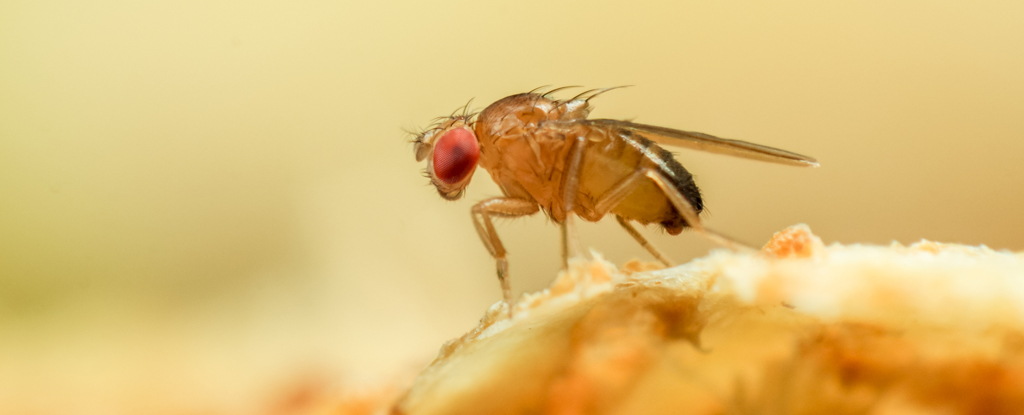
Scientists said on Friday they have genetically engineered female fruit flies that can have offspring without needing a male, marking the first time ‘virgin birth” has been induced in an animal. See the study here.
Ancient DNA from 94 individuals buried at the Neolithic site at Gurgy ‘Les Noisats’ in northern France has been analysed, providing a picture of a community that existed 6,700 years ago. See the study here.

The ancient cemetery consists of at least a dozen burial deposits within an arc of buried granite boulders and pits that may have formed a full circle…But it’s not known yet how many sets of cremated human remains are in each pit.
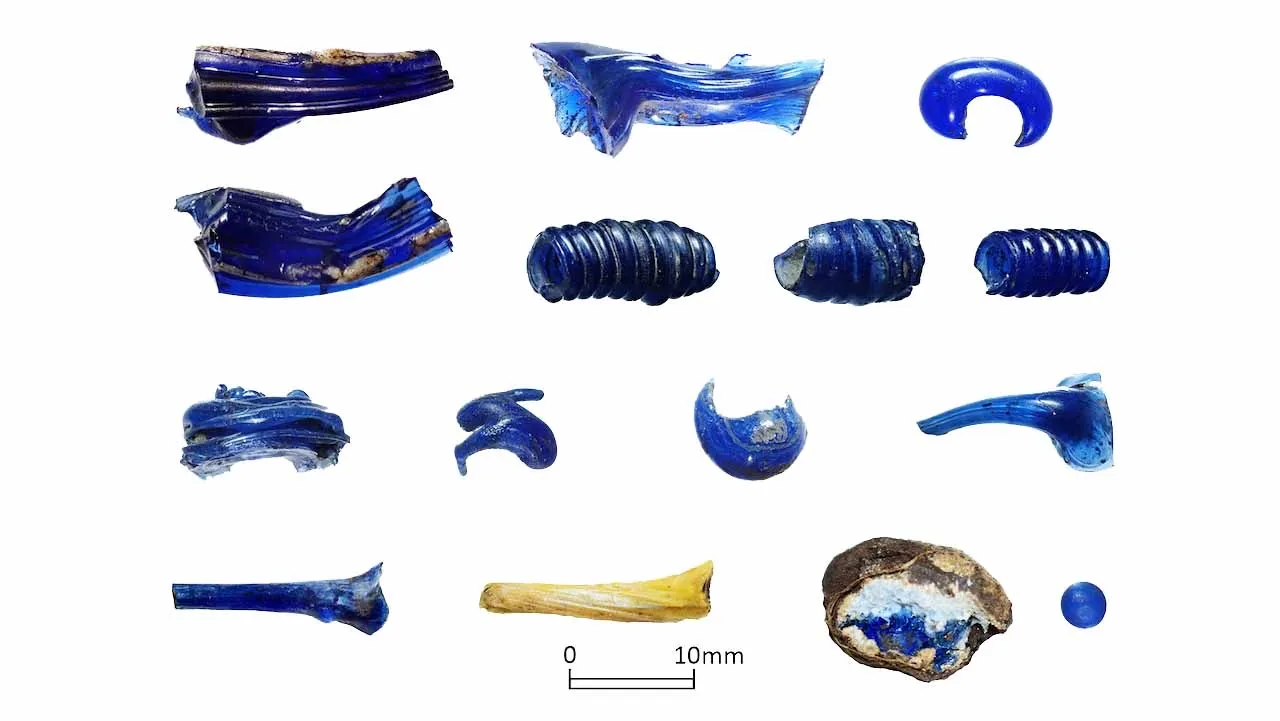
Archaeologists have unearthed a 2,300-year-old Iron Age glass workshop that could be one of the oldest in the world. See the study here.

The Neolithic lifestyle, based on farming instead of hunting and gathering, emerged in the Near East around 12,000 years ago and contributed profoundly to the modern way of life. See the research here.

Our international team of researchers has uncovered the incredible genetic diversity hidden within the ancient remains of those who once called Machu Picchu home. We detail our findings in a study published in Science Advances.
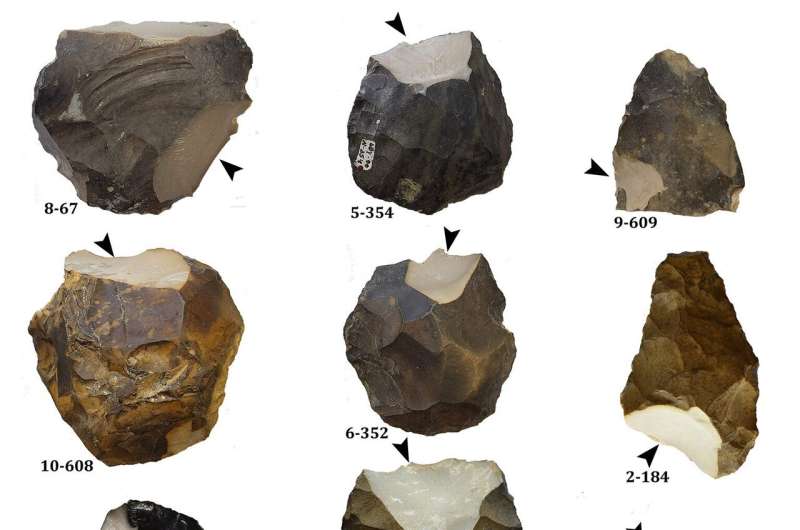
A new study from Tel Aviv University and Tel-Hai College solves an old mystery: Where did early humans in the Hula Valley get flint to make the prehistoric tools known as handaxes?

New research shows the trading of spices for culinary use goes way back – some 2,000 years, to be precise. A paper published in Science Advances details findings of what seems to be evidence of Southeast Asia’s oldest known curry. It’s also the oldest evidence of curry ever found outside India.

An open label study of a group of individuals suffering from posttraumatic stress disorder (PTSD) who also reported suffering chronic pain showed that MDMA-assisted therapy led to significant reduction in pain intensity and pain-related disability in participants with highest levels of chronic pain. The study was published in Frontiers in Psychiatry.

There are a number of classic experiments and theories that every psychology student learns about, but more recent research has questioned their findings so that psychologists today are reevaluating human nature.
Image from: loc.gov (Wiki Commons)

A 300,000-year-old hunting weapon has shone a new light on early humans as woodworking masters, according to a new study.

Annually, between July 17 and August 24, the Perseid meteor shower puts on one of the brightest cosmic events of the year. This year the meteor shower is predicted to reach its peak on the night of August 13, as Earth passes through the densest part of the Comet 109/Swift-Tuttle’s trail.
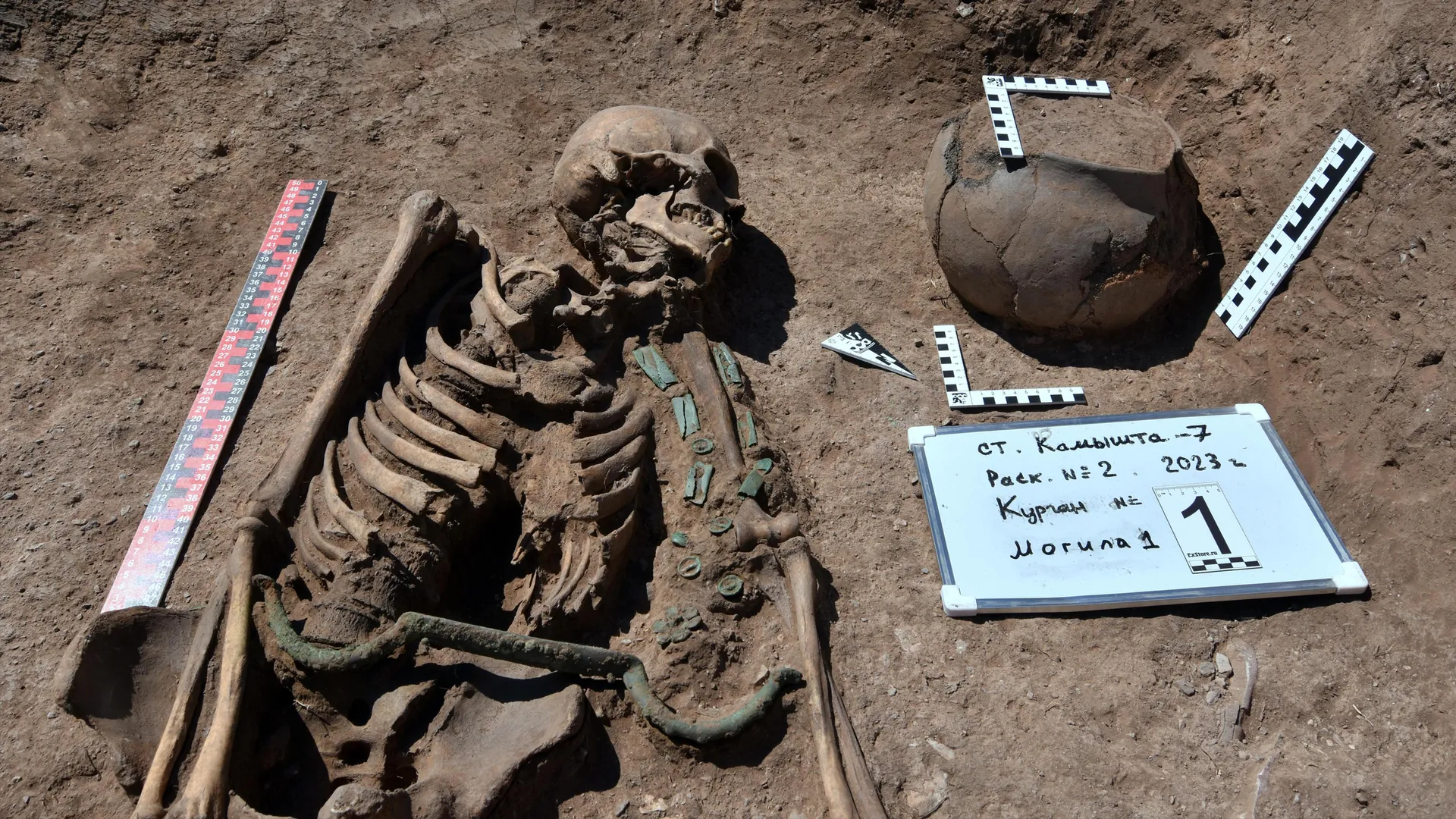
Archaeologists in Siberia have discovered the untouched 3,000-year-old grave of a person thought to be a charioteer — indicating for the first time that horse-drawn chariots were used in the region.

A new technique is a dramatic breakthrough in the search for alien life, astronomers say. See the research here.
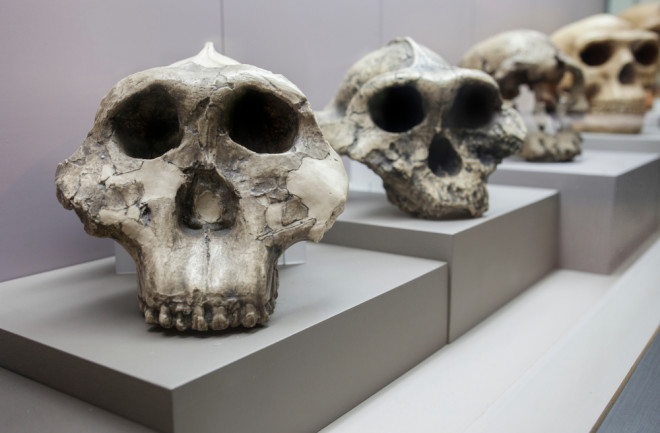
Two-million-year-old teeth (four sets, in fact) tell new stories in a newly posted preprint paper that strips them of enamel and analyzes what the proteins have to say. This “proteomic” approach, which relied on the more rugged protein molecules instead of fragile DNA, revealed their relationship to the wider family tree of early humans.

Ancient human skulls, oil lamps and parts of weapons hidden in a cave near Jerusalem are signs the site was used in the Roman era for attempts to speak to the dead — a practice known as necromancy, or “death magic” — according to a new study.








